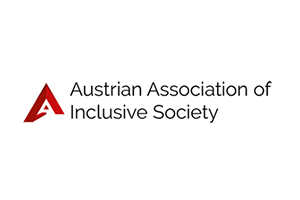
● Research shows that skilled migration from LAC countries has dramatically increased over the last decade. This can be due to the rising number of people seeking political asylum in the European Union, driven up by Latin American refugees, particularly from Venezuela.
● The rise was partly caused by a surge of Venezuelans and other Latin American asylum seekers who are fleeing political and economic crises in their countries. One potential reason for this is that traditionally, many people from LAC fleeing political regimes or gang violence, have sought refuge in the United States of America, but the Trump administration made it much more difficult for people to seek asylum, therefore many opted for Europe instead.













